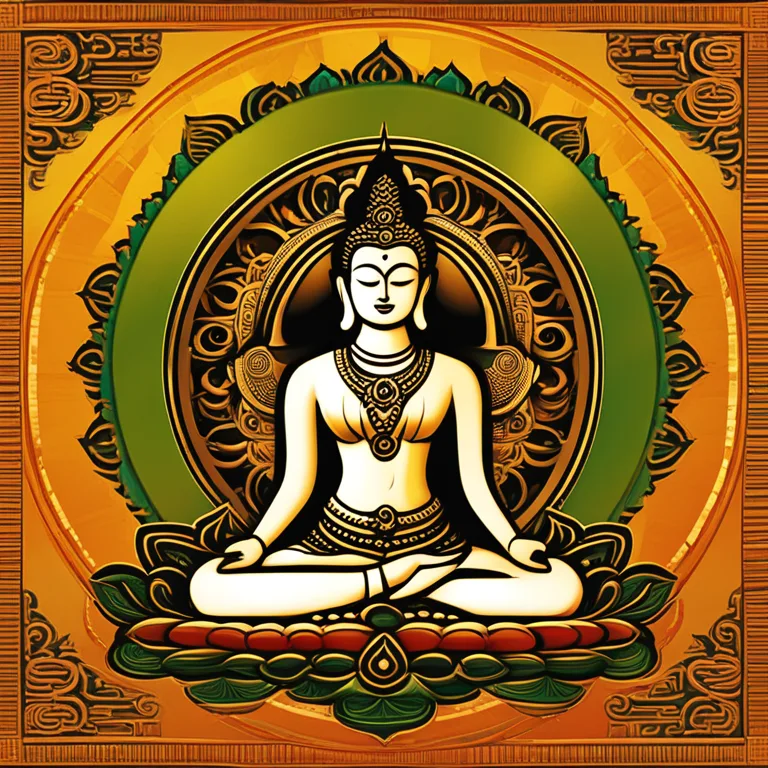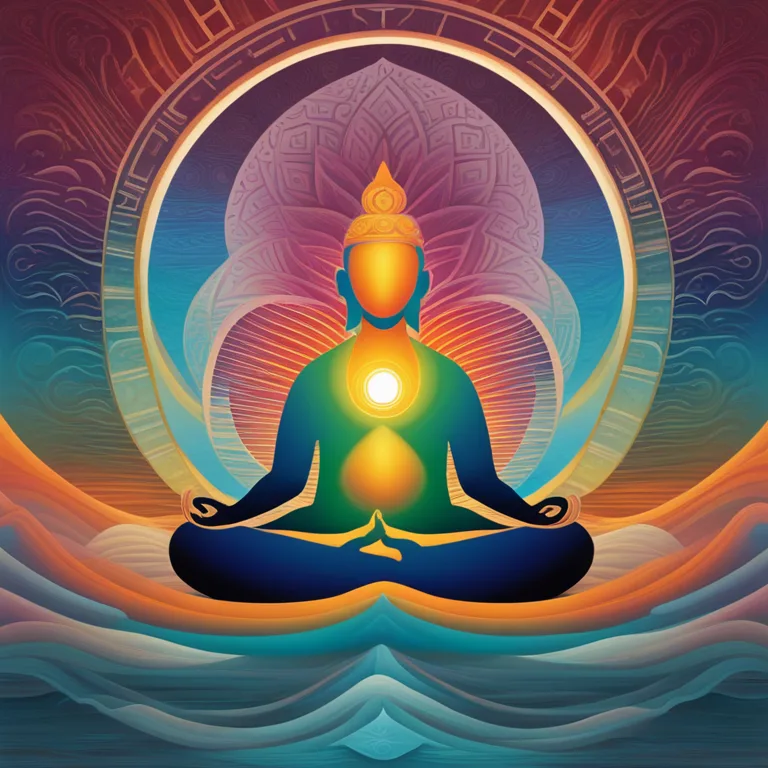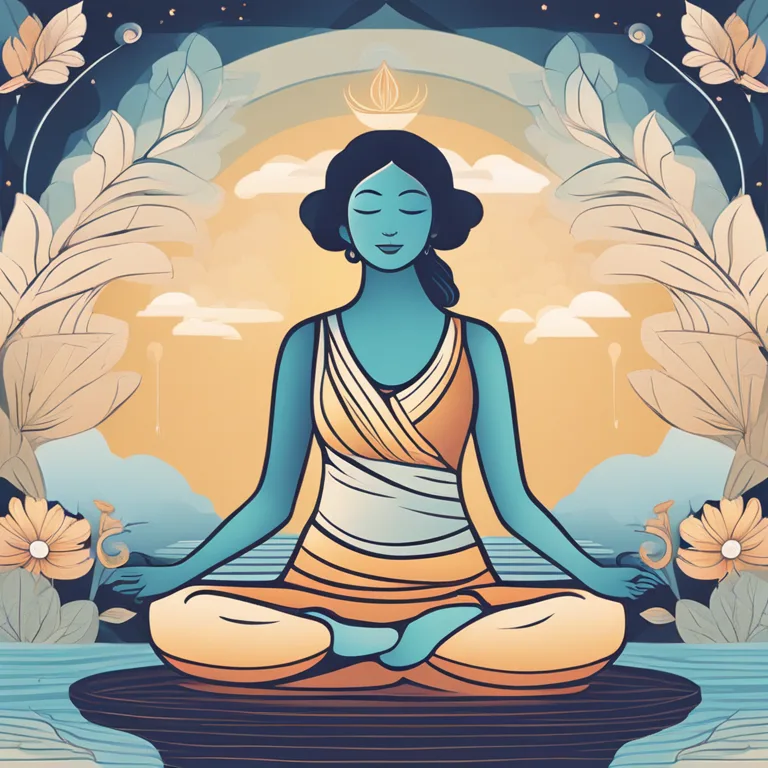
Meditative Yoga Techniques for Inner Harmony
Discover effective yoga meditation practices to foster tranquility and balance in our tech-saturated world.
article by Hina Kurosawa
Introduction to Meditative Yoga
Yoga, an ancient practice originating in India, has evolved over millennia, intertwining physical postures with the profound depths of meditation. In our hyperconnected era, the significance of yoga meditation as a sanctuary of calm and focus has only amplified. This piece delves into the transformative meditation techniques embedded in yoga, guiding both novices and seasoned practitioners towards achieving inner harmony and mindfulness amidst the modern world's relentless pace.

The Essence of Yogic Meditation
At the heart of yogic meditation lies the pursuit of dhyana, a Sanskrit term for deep mental concentration that transcends the incessant chatter of the mind. This meditative state is not an end but a continuum, where the practitioner experiences a profound connection with the present moment. Encouraging both physical and mental stillness, yogic meditation cultivates a fertile ground for personal growth and spiritual exploration, paving the way to a balanced and serene state of being.

Pranayama: Breath Control Basics
Pranayama, or breath control, is a foundational element set to prepare the mind for meditation. By regulating breath, one can regulate the mind, entering a state more conducive for meditative focus. Techniques like Nadi Shodhana (alternate nostril breathing) and Kapalabhati (skull shining breath) are potent starters, synchronizing breath and heartbeat to bridge the gap between body and mind. Regular practice aids in soothing the nervous system, a critical step before deeper meditative work.

Mantra Meditation: Vibrations of Peace
Mantra meditation employs the repetition of sounds, phrases, or affirmations to quiet the mind and foster concentration. The ancient "Om" or "Aum" is an ubiquitous sound symbolizing universal essence, often chanted at the beginning or end of a yoga session. Repeating a mantra can help in dislodging repetitive thought patterns and establishing a state of tranquility. As each sound vibrates through the being, it carves out space for peaceful introspection.

Trataka: The Art of Gazing
An often overlooked yet powerful practice, Trataka, involves steady gazing at an external object, commonly a candle flame, to enhance concentration and stillness of the mind. This method strengthens the eyes, improves focus, and acts as a stepping stone towards internal visualization techniques. After external gazing, the practice may progress to Antar Trataka, where the practitioner visualizes the object with closed eyes, deepening the meditative state.
Yoga Nidra: The Yogic Sleep
Yoga Nidra, often called yogic sleep, is a profound relaxation technique that walks the fine line between wakefulness and sleep. Practitioners lie down in Savasana (corpse pose), guided by a narrator to shift their awareness to different body parts, cultivating a state of deep relaxation but not quite sleep. This systematic method of inducing complete physical, mental, and emotional relaxation is renowned for its stress-reducing benefits and is an accessible entry point into meditation.
Integration of Yoga and Daily Life
The pinnacle of yoga meditation is its seamless integration into the practitioner's daily life. As one consistently applies these techniques, the clarity and peacefulness experienced during practice begin to permeate everyday moments. Meditation ceases to be a separate activity and becomes a way of being—a continuous presence and awareness that guides one's interactions and decisions with compassion and intentionality.
Published: 1/8/2024
Modified: 1/8/2024
More predictions
Come back here soon to learn more about yourself and your future


Mastering Japa Meditation Practices
Discover the serene art of Japa Meditation and elevate your spiritual journey through chanting and mindfulness.


Meditation Techniques: A Handbook
Discover the breadth of meditation methods to enhance your wellness journey.


Jain Meditation Techniques for Inner Peace
Discover the serenity and spiritual depth of Jain meditation practices in a comprehensive article tailored for modern seekers.